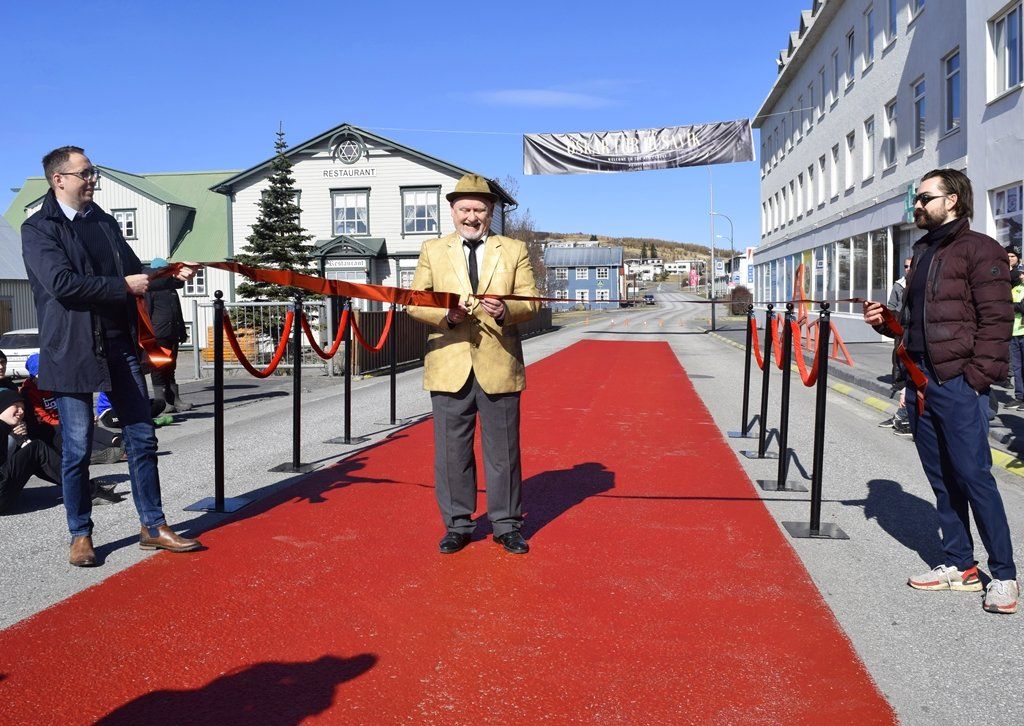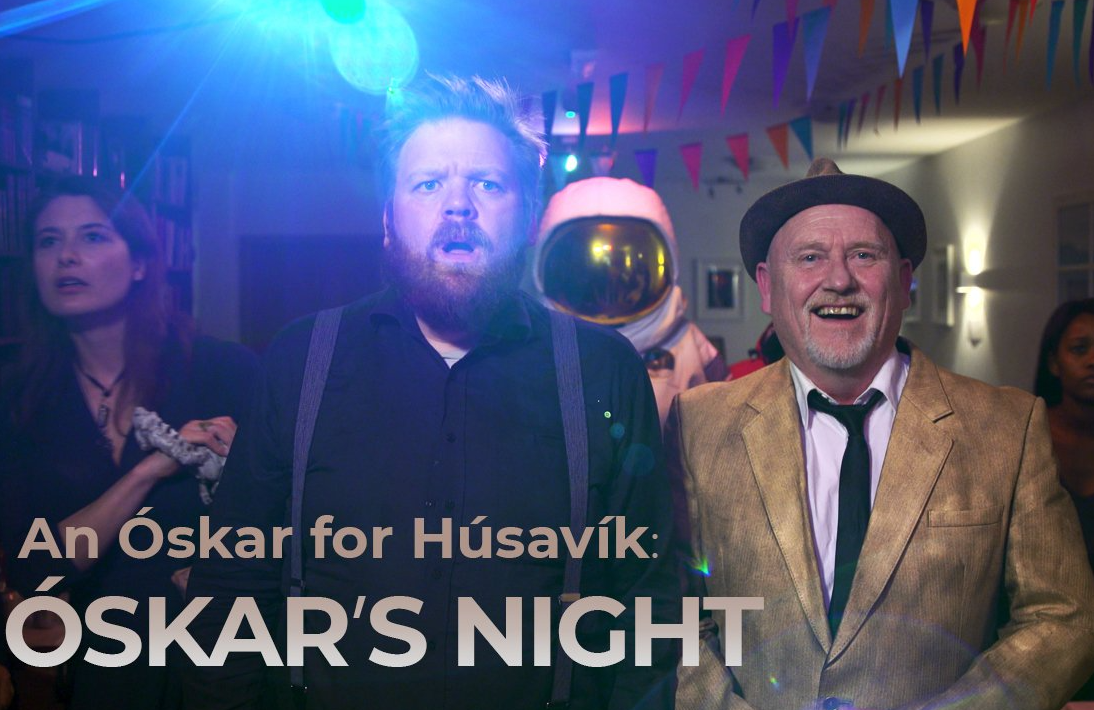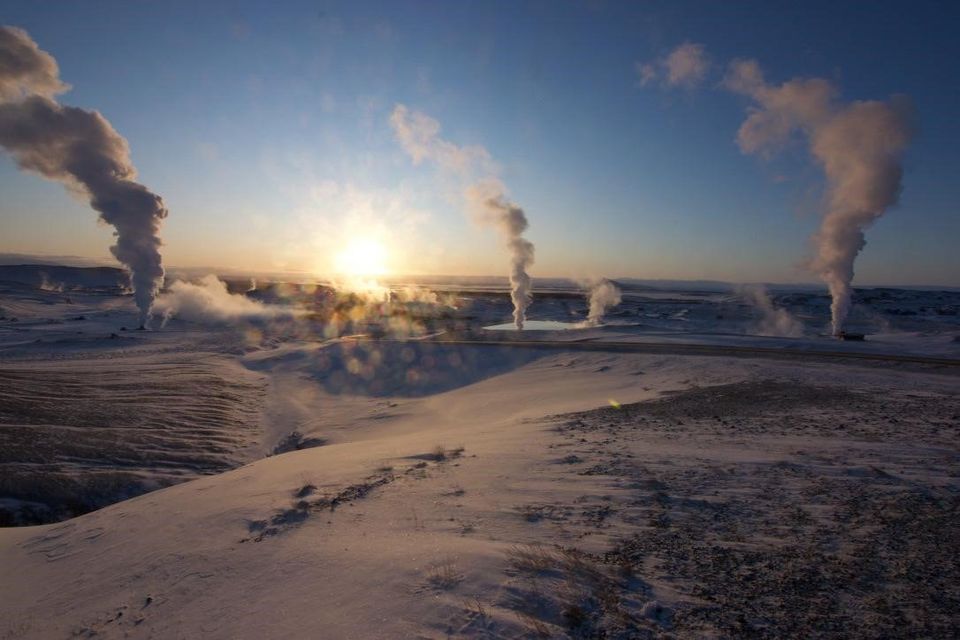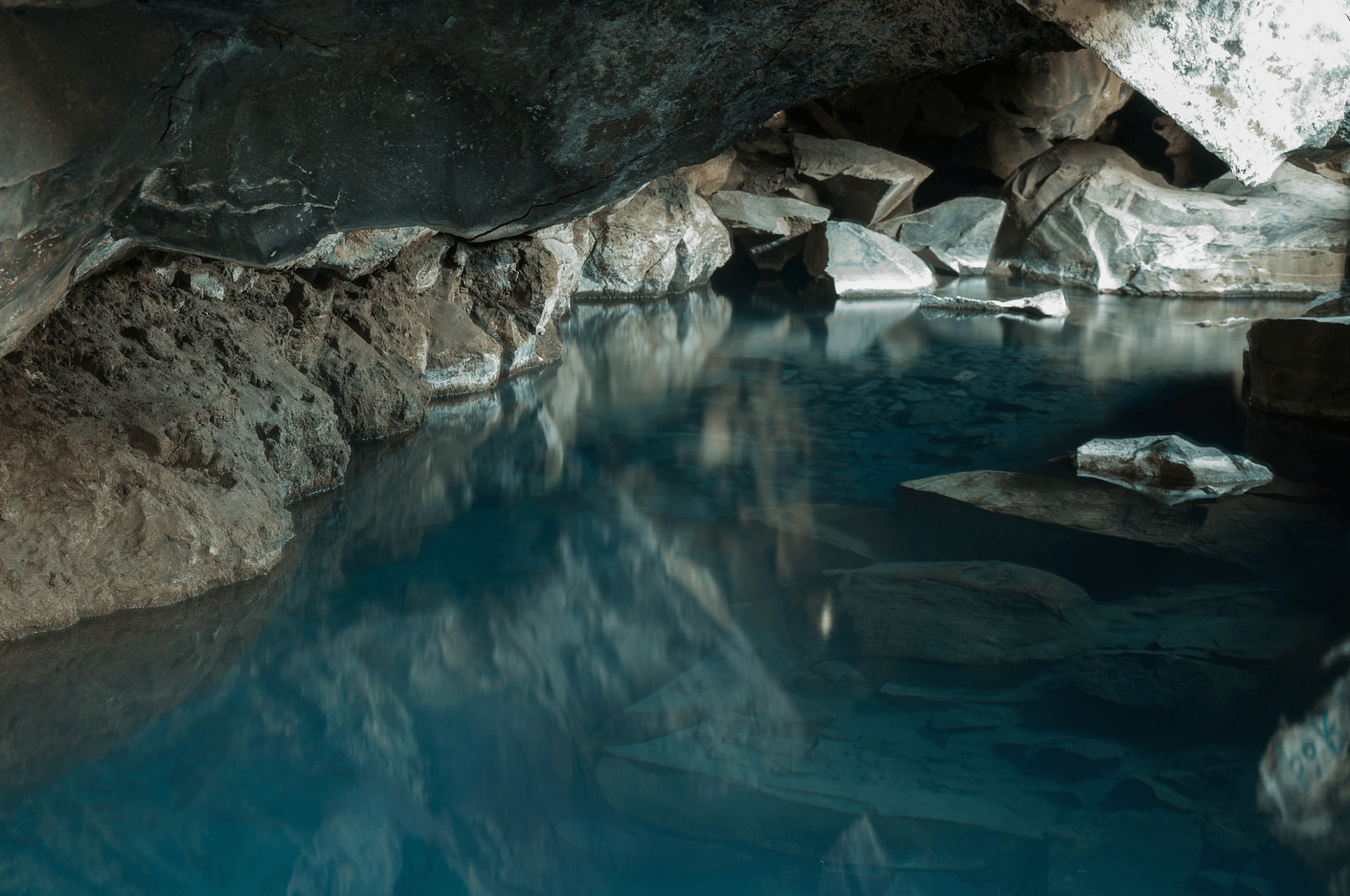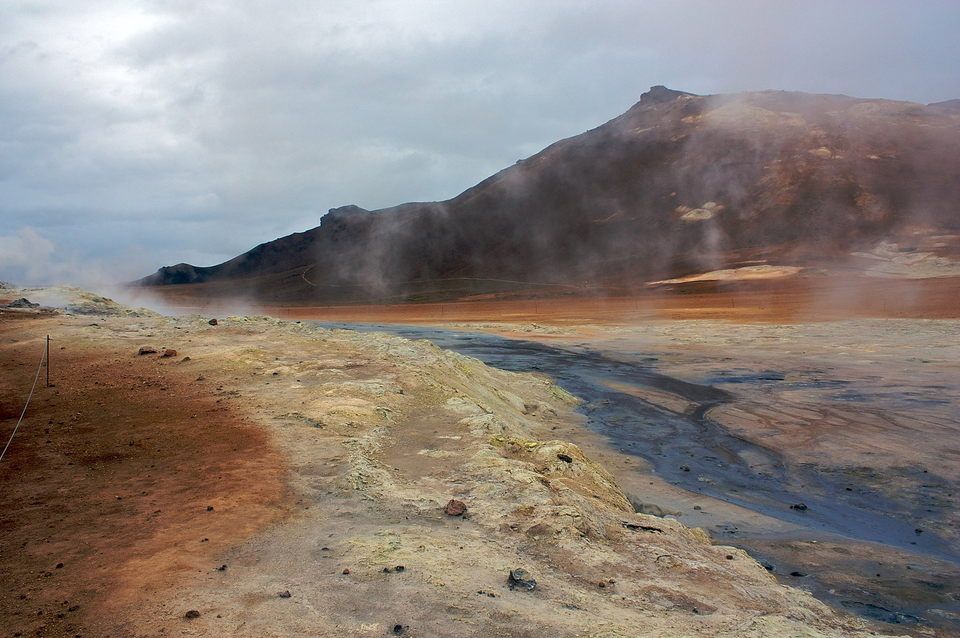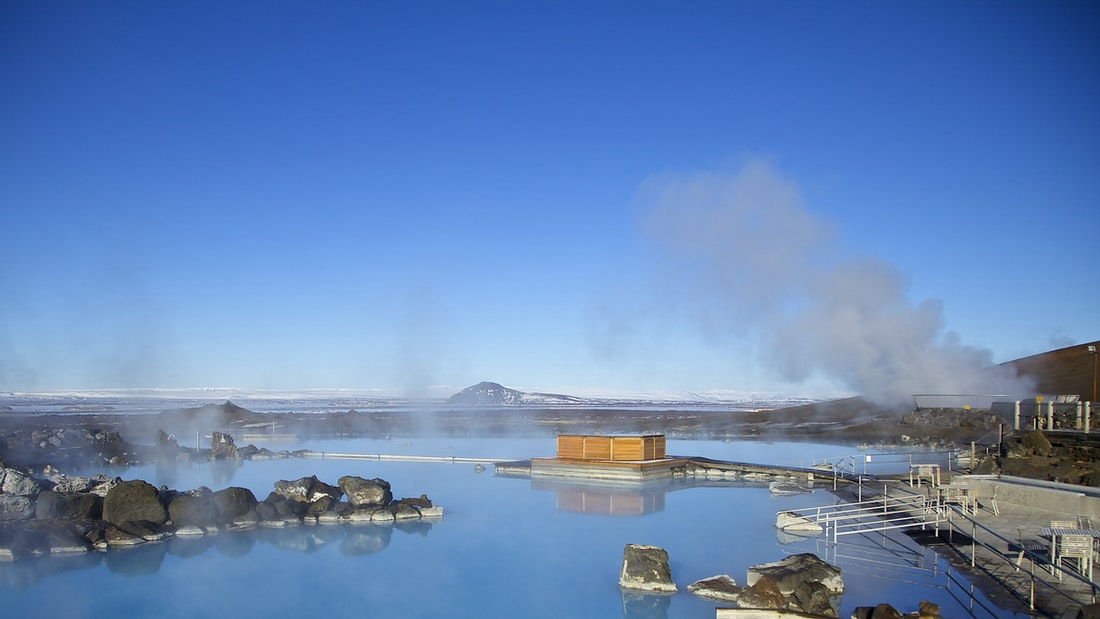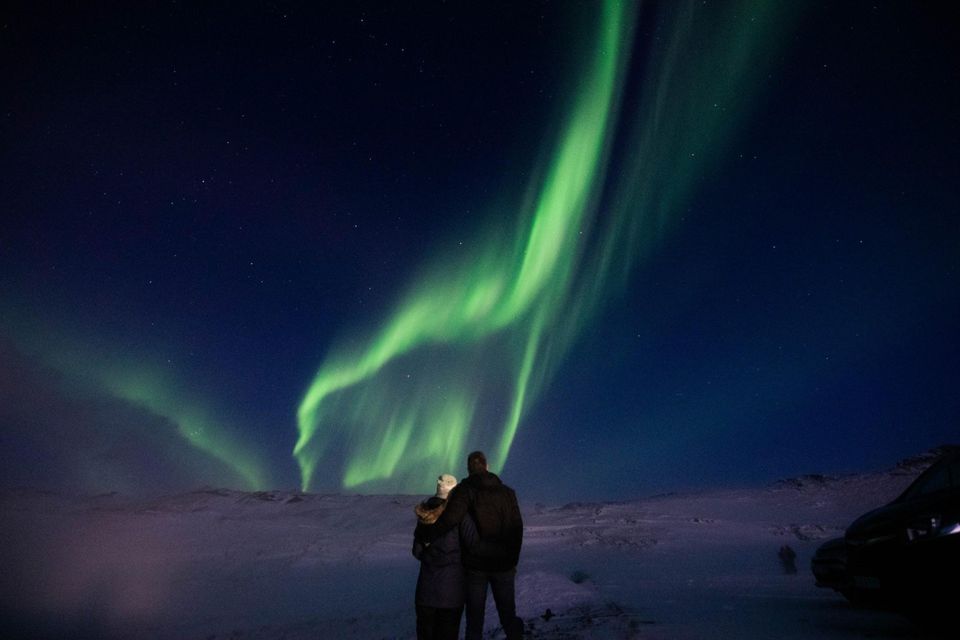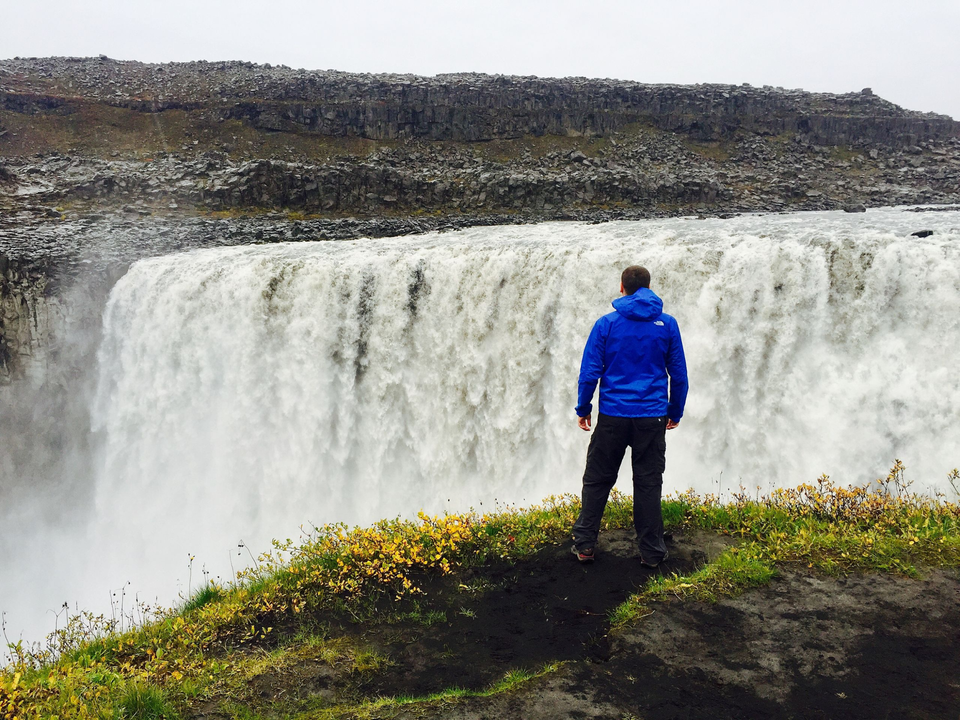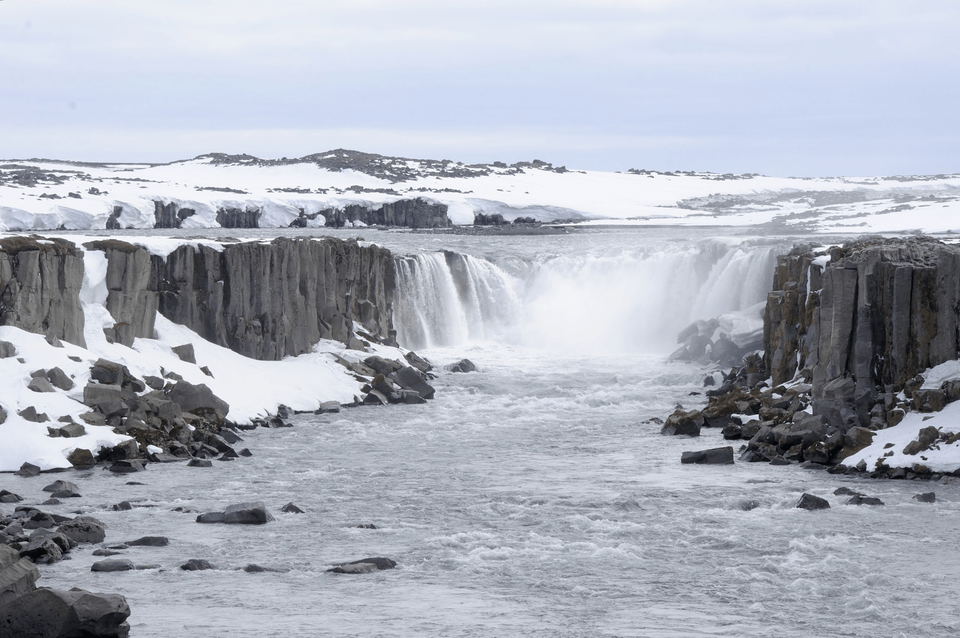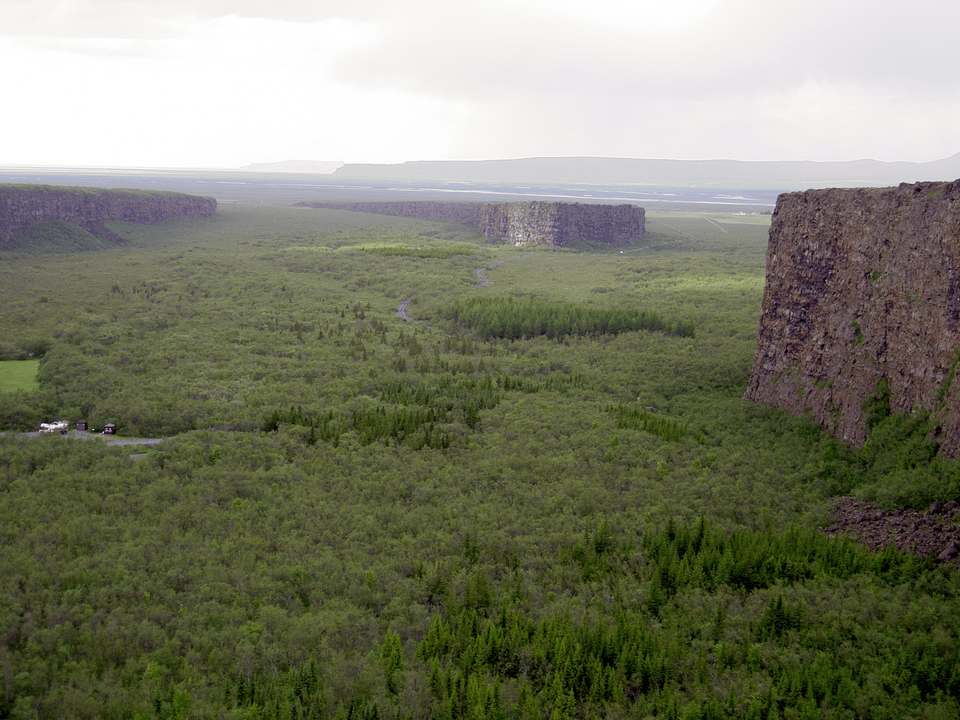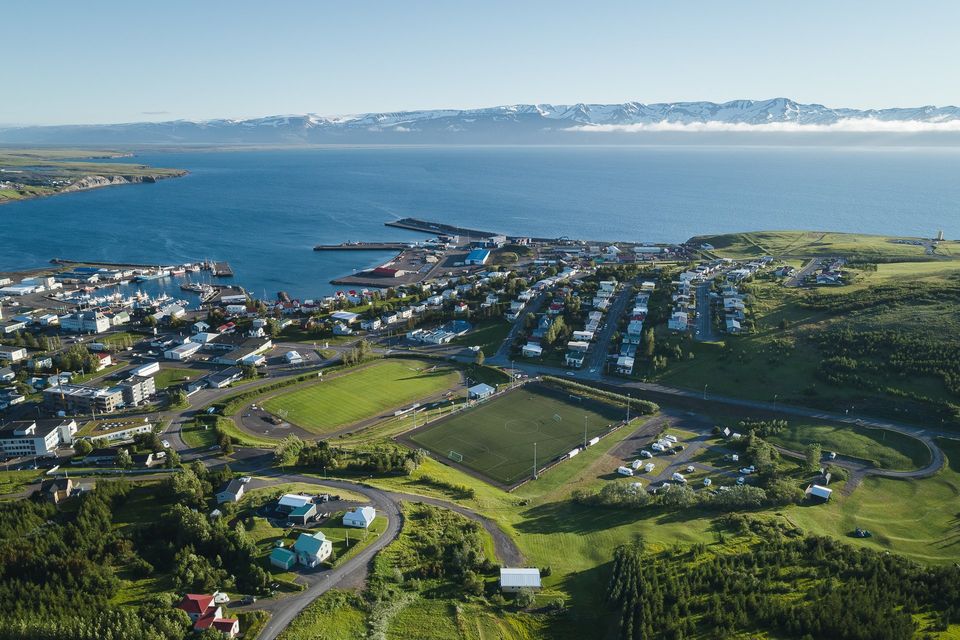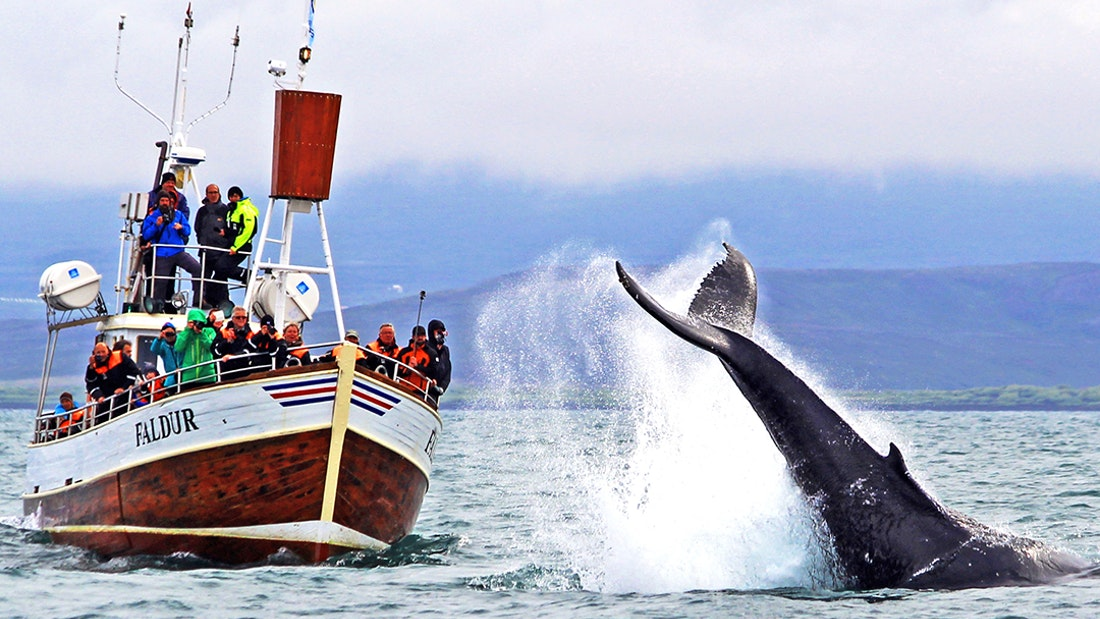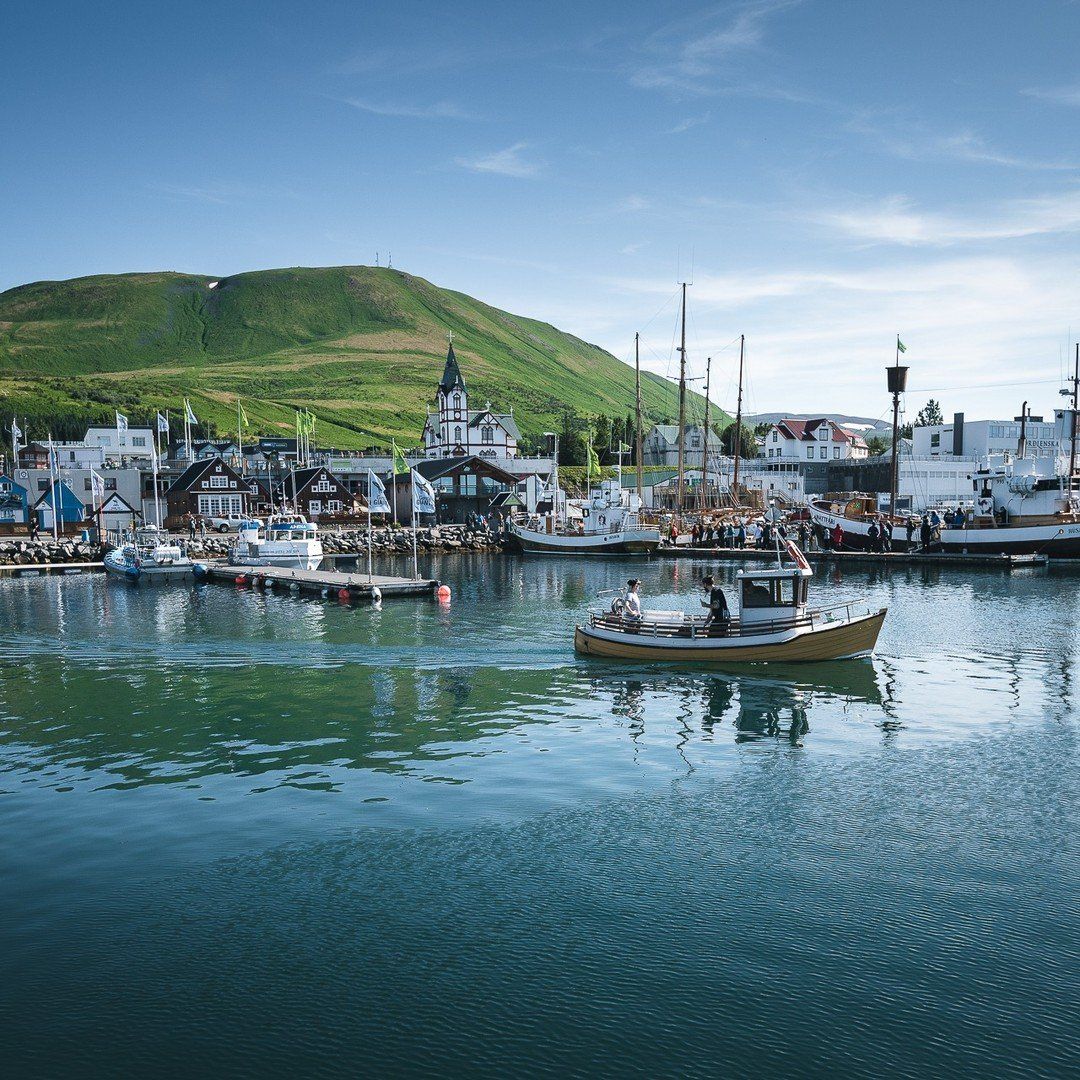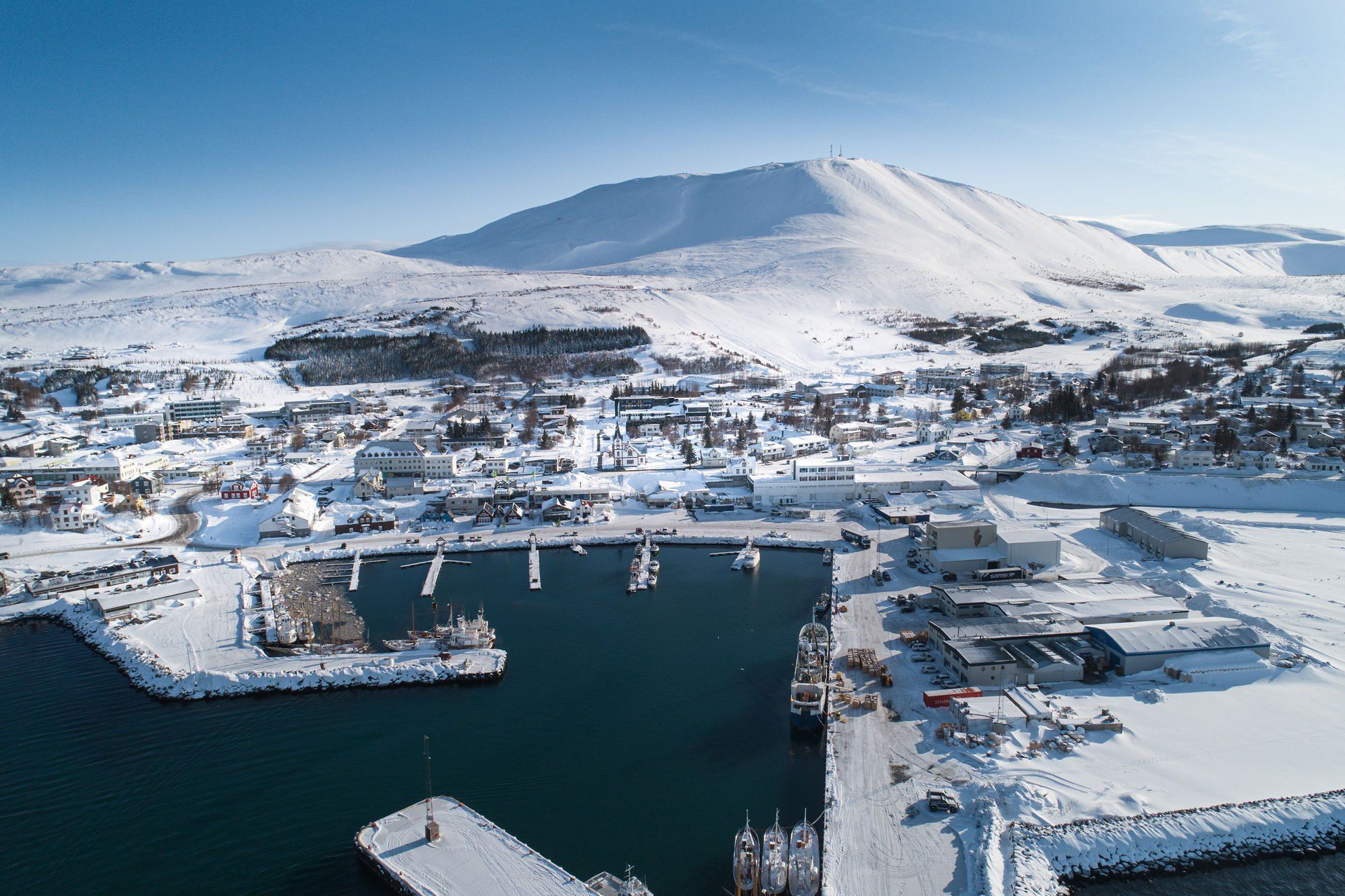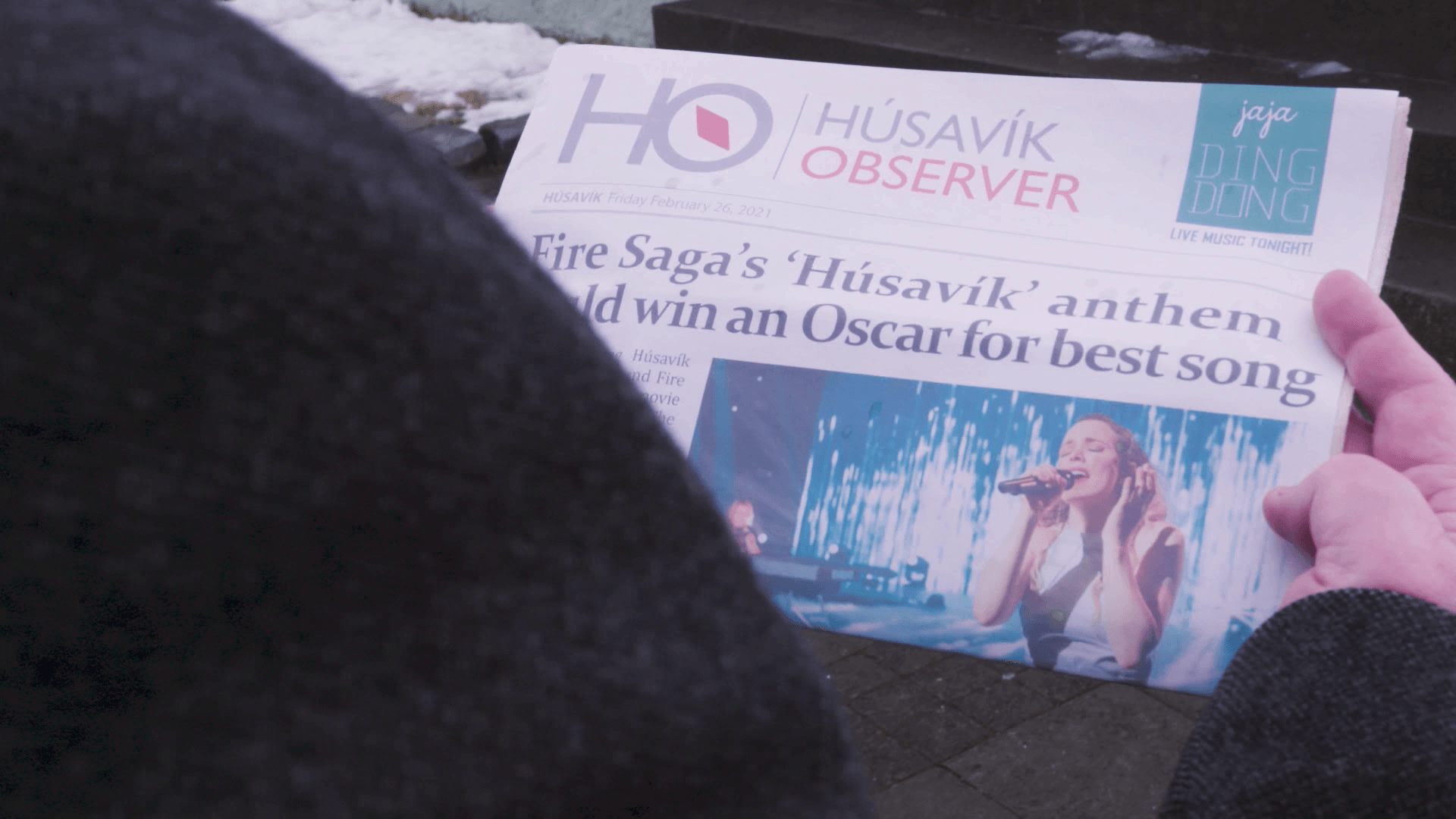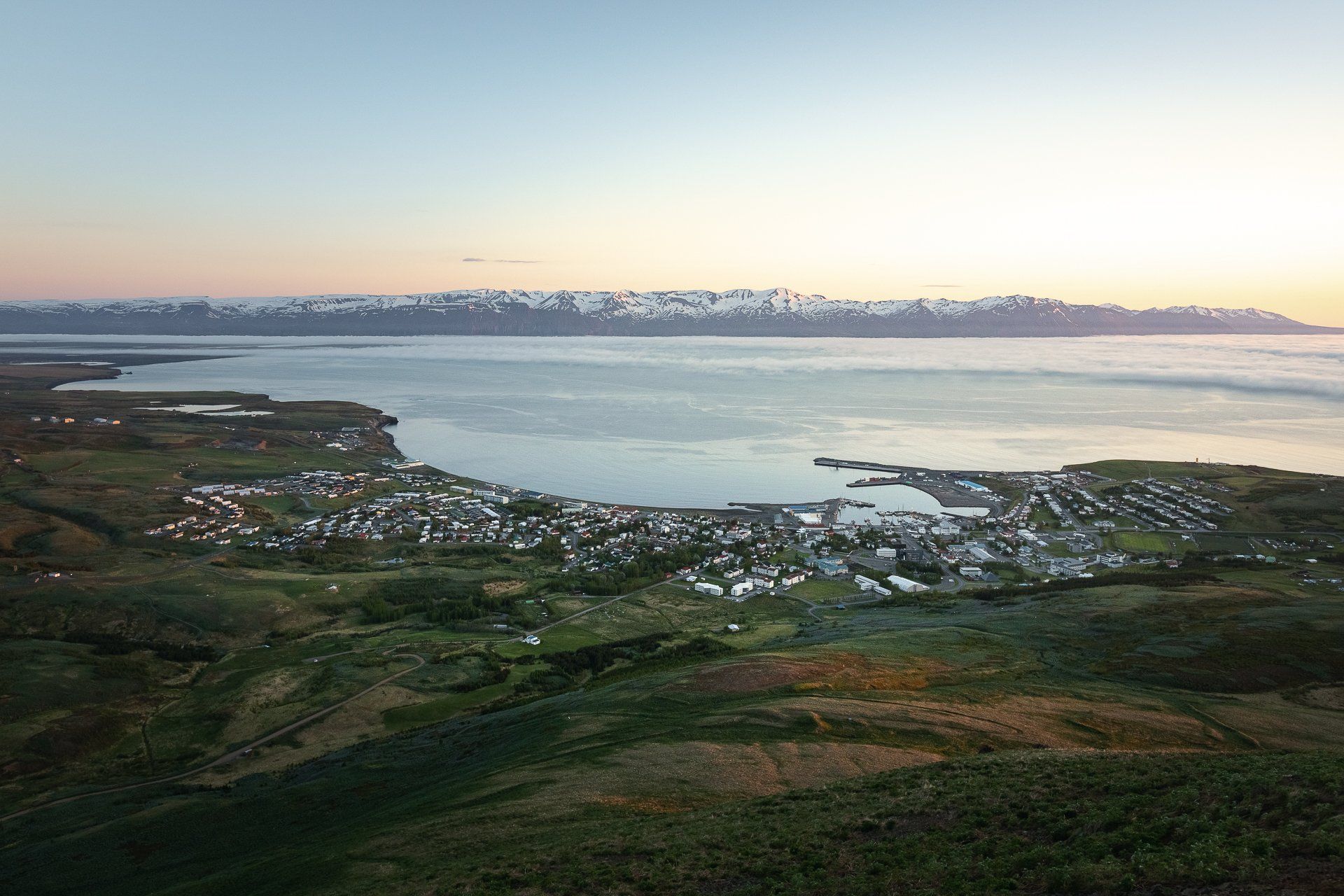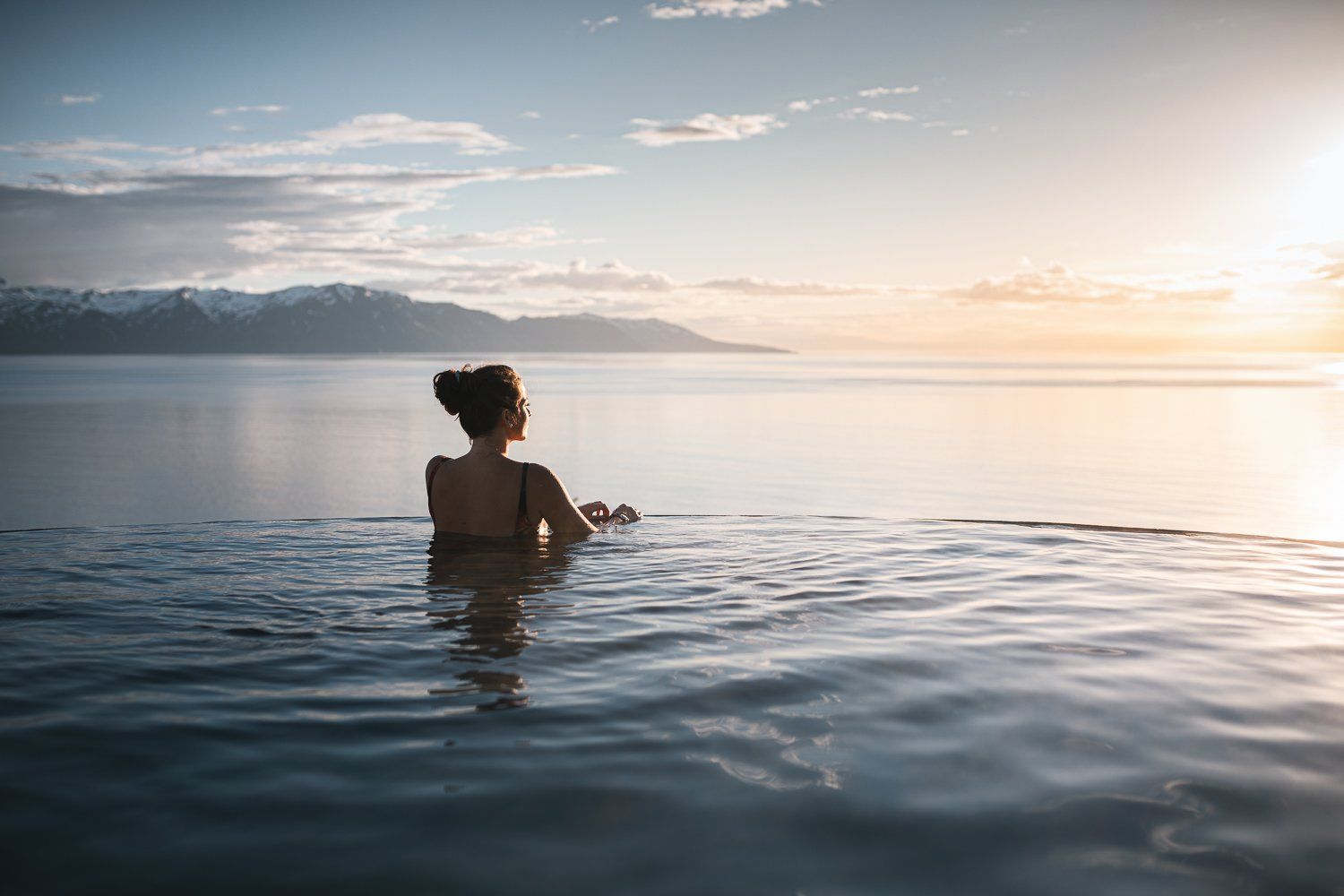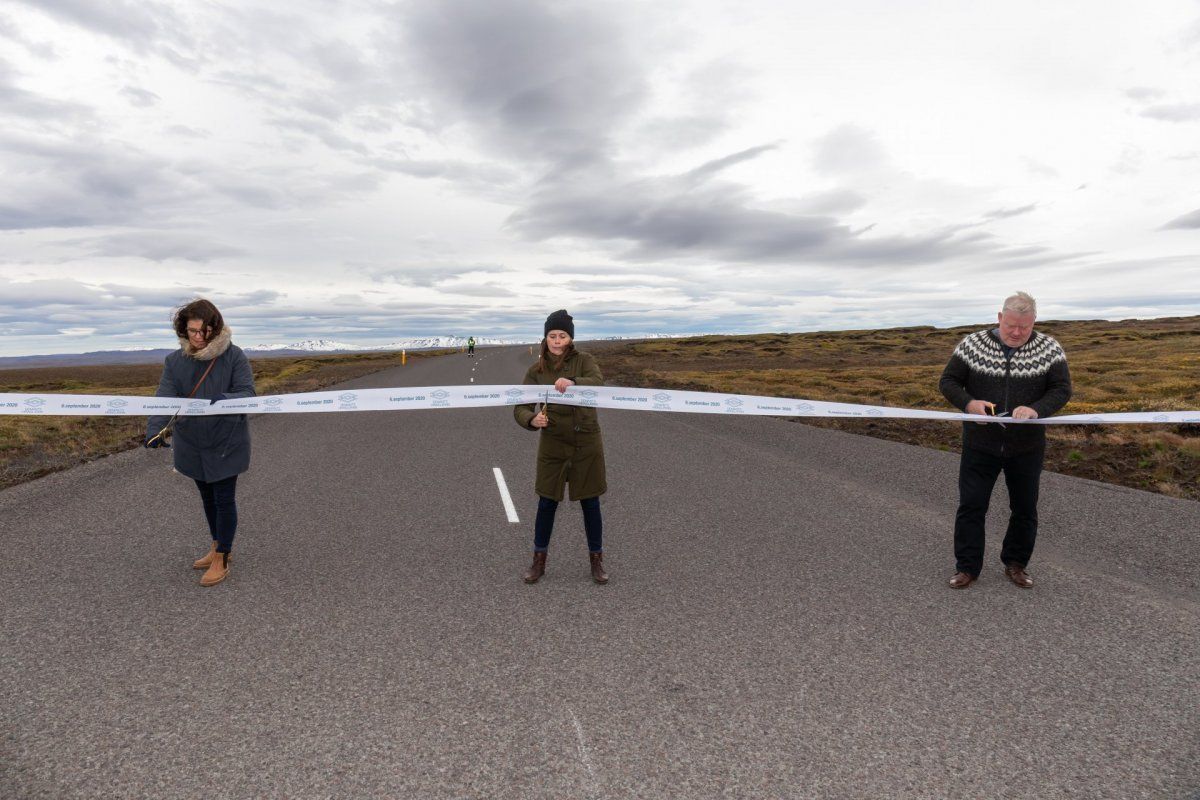The Best Spots on the Diamond Circle Trail
The Best Spots on the Diamond Circle Trail
By Chris Ayliffe
If you’re planning a trip to Iceland, the chances are you’ve come across the Golden Circle mentioned a great number of times. This is by far the most famous and traveled tourist trail on the island due to its close proximity to Reykjavik with some unbelievable attractions you should definitely check out.
However, much fewer have heard about the far more impressive Diamond Circle. Situated in North Iceland, this trail combines waterfalls, fjords, volcanism, folklore, geothermal hotspots and whales amongst a plethora of other things.
Simply put, it’s like the Golden Circle on steroids.
In this blog, I’ll explain the very best spots you need to visit on the Diamond Circle trail and why you need to take your adventure through North Iceland. I’ll also cover the history, geology and folklore of these impressive spots famed for being some of the best locations in Iceland.
For the purpose of this blog, I will presume you are travelling either from Reykjavik or from what’s known as ‘the Capital of North Iceland’, Akureyri. This can easily be achieved, for instance, by taking a great self-drive tour around the country.
Godafoss Waterfall
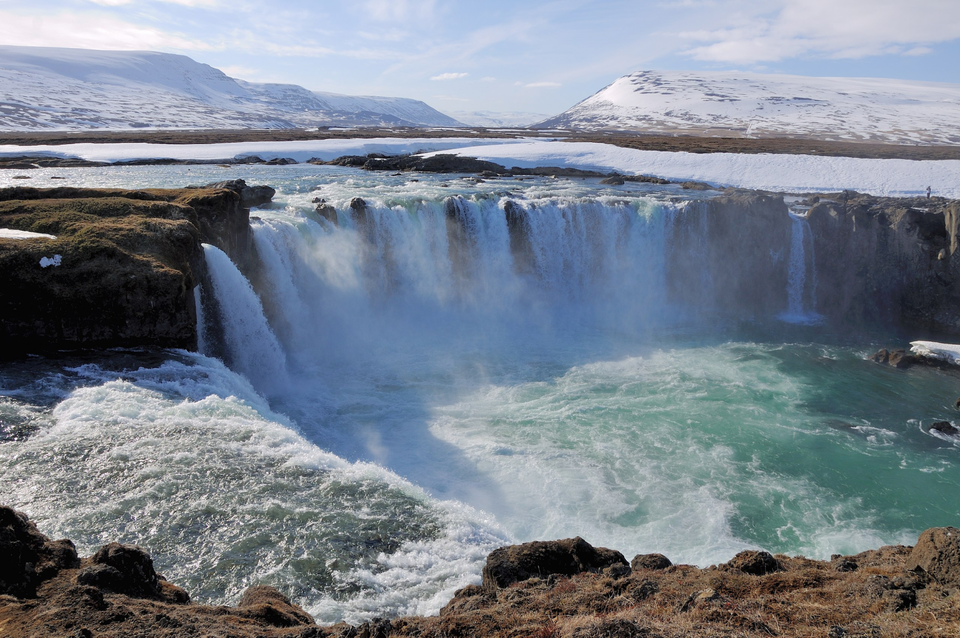
Mývatn
Mývatn is a large shallow lake sitting on top of one of the most active volcanic regions in Iceland. The lake originally formed after a huge basaltic lava eruption roughly 2300 years ago, where it now humbly sits amongst a series of craters, hot springs, and old lava constructed rock formations.
In english, the name Mývatn translates to ‘the lake of midges’ (or ‘midge water’) due to the vast number of midges experienced in the region during the summer months. Keep your hands at the ready to swat these guys if you’re planning on a summer visit.
However, it’s an incredible region to take your time exploring whichever season you’re travelling in. For instance, in the summer months, under the long daylight hours of the midnight sun the region is filled with an incredible variety of colourful flora and fauna, bringing to life this unique area of volcanism.
In particular, you’ll want to keep an eye out for the sheer number of nesting birds that grace Mývatn in the warmer months, which make for some fantastic photography opportunities for the bird lovers among you.
Contrastingly, if you’re travelling in the winter months (September - April), you’ll get to explore a winter wonderland with the landscapes covered in vast swathes and tundras of ice and snow, making the contrast of the ice, snow and the dark volcanic rocks an otherworldly experience.
Regularly, North Iceland also experiences less cloud frequency as well as also being positioned well away from urban city lights, which are two key ingredients to help make it one of the best regions in the country to watch and photograph the Northern Lights from.
You’ll want to make sure you check out a number of locations on this route which I’ll break down for you.
Dimmuborgir Lava Fortress
Though this is not actually a fortress as the name suggests, it is in fact a bizarre series of rock formations created and crafted by volcanism in the area.
As you take your time exploring this location, you’ll notice how the rocks bear an uncanny resemblance to a series of castle walls and turrets, which will help you understand how it earned its name.
It’s so peculiar in shape and position (as is much of Iceland) that the early Icelanders believed Dimmuborgir was in fact one of the gateways to hell (the volcano of ‘Hekla’ is another).
Grjótagjá
Grjótagjá is a small lava cave which hosts a thermal spring inside. Though often incredibly difficult to locate, particularly in the winter months, this lava cave is well worth a visit.
Without following guidance instructions this cave will just appear like any other rift in the vicinity. However, the site itself holds a great deal of history and cultural significance to Icelanders.
The hot spring is heated from volcanic activity deep within the Earth. Bathing has taken place here since the 18th century when the Icelandic outlaw, Jón Markússon, lived in the area and regularly frequented the cave.
Subsequently, Icelanders used the hot spring for bathing with men in one cave and women in another for generations.
However, between 1975 to 1984, the water temperature rose significantly to above 50°C due to nearby eruptions of Krafla. Though, in the 1990s the water temperature did return to a much safer level and bathing resumed.
The cave has since grown in popularity due to its feature in the hit HBO TV series, Game of Thrones. In the scene, characters Jon Snow and Ygritte consummate their growing love in the cave before daring to climb ‘the wall’ in season 3.
Due to its rise in popularity and water temperature variation, it is now forbidden to bathe in the waters. Instead, make sure you take plenty of time to enjoy gathering some fantastic photos and explore the cavern fully.
Hverir
A short distance away, across the picturesque winding mountain pass of the Námafjall mountain, lies the steaming volcanism of the Námaskarð geothermal area of Hverir, also known as ‘The Geyser Strip’.
This barren landscape is filled with a series of fumaroles steaming with poisonous gases from the volcanic activity churning beneath your feet.
It’s also an incredibly colourful area, particularly in summer, due to the various elements interacting with the surrounding earth brought up by the steam. Keep an eye out for shades of red, orange, yellow and green around the springs.
Mývatn Nature Baths
This is Iceland, so a day without unwinding in mineral-rich geothermal water is completely unheard of. Fortunately, the Mývatn region has the incredible Mývatn Nature Baths.
You can find this relaxation oasis just before the Námaskarð pass in an incredible spot overlooking the whole region.
With a selection of large natural geothermal pools varying in temperature, you should ensure you take time to fully unwind after a long day of exploring. Travellers frequently refer to this experience as the perfect way to enjoy the region, as you allow your muscles to soothe in the healing waters.
Think of it as a more authentic version of the Blue Lagoon, with impressive panoramic views of the whole volcanic region, from steaming fumaroles to the peaceful outstretching lake below.
If you’re travelling in summer, you can enjoy bathing in these facilities uninterrupted under the long daylight hours of the midnight sun.
Alternatively, if you’re planning a winter visit, I personally can recommend this as an awesome spot to watch the Northern Lights from. When I was there last October, me and my girlfriend came out of the baths after watching an amazing sunset to one of the best Northern Lights displays of the year (picture above).
Dettifoss
If you’re only going to visit a handful of waterfalls in Iceland then Dettifoss needs to be at the top of your list. Sitting ominously as the most powerful waterfall in Europe, this towering colossus of the natural world has a water flow of 93 m3/s down a 45m canyon 100m wide.
To get there, you’ll head over the Námaskarð pass and along route 1 before turning left on either the 864 or 862. Though a slightly longer drive, the 864 will allow you to get much closer to the waterfall from the east. Whereas, the 862 is slightly quicker and will take you to the west side which has a more built up viewing platform.
In winter, the road conditions will make the above decision for you, with the 864 more regularly impassable due to snow conditions. Though, in summer you shouldn’t have this problem.
For movie buffs, you may also recognise this waterfall from the opening scene of the Sci-fi movie, Prometheus. To get the best view of where they filmed this specific scene, you’ll want to head over to the east side via the 864.
However, be careful when viewing the waterfall from the east side. Though you can get much closer in theory, the paths are frequently very wet and slippery from the mist which can be felt at most viewing angles either side of this waterfall, and you take these risks at your own peril.
Selfoss
Neighbouring Dettifoss, just a 5-10 minute walk upstream along the Jökulsá river, sits the equally impressive Selfoss waterfall.
Though the falls stand at a much smaller height of 10m, the width is actually larger than Dettifoss.
As both waterfalls are fed by the same glacial meltwater, in the winter months it can be quite spectacular to get close to Selfoss and watch a series of icebergs bobble over the falls and along the river below.
There are easily followable directions to reach Selfoss, but as there are no specifically installed paths, be careful when clambering through the wildlife and stay well away from the sides of the river canyon, particularly in winter where the snow drifts can hide cliff edges.
Hafragilsfoss
Oppositely, Dettifoss’s other neighbour, Hafragilsfoss waterfall, sits a little further downstream.
If you’re planning on walking, however, be warned it’s quite a trek and will take a good 40 minutes to reach. In the essence of time, it’s much easier to take a quick 10-minute drive and park much closer to the falls.
If you have time, this is another great stop off to complete a quick trio of excellent waterfalls. You’ll also get a lot more time to see some sublime spots along the Jökulságljúfur canyon, which is very much a photographers paradise.
Ásbyrgi Canyon
Around a 40-minute drive north from Dettifoss will take you to the glacial carved forest of Ásbyrgi Canyon.
This horseshoe-shaped depression measures approximately 3.5km in length and 1km wide, making it a spectacular place to explore. Due to the rich forestry within, it has a huge rarity in Iceland, plenty of trees!
Steeped in legend and folklore, Ásbyrgi is said to have been created by the stamping of Odin’s eight-legged horse, Slepnir, from Norse mythology as well as being the capital of Iceland’s famous Hidden People.
For the photographers among you, you’ll want to make sure you spend some time at the top of the canyon looking down to get the best viewing points to capture the shape and size of the canyon below. If you’re travelling with a drone, it can make your shots that extra impressive.
Be warned, however, in the winter months access to this location is regularly not possible due to the amount of snowfall and road conditions. So, if you want to ensure you can visit this location, then make sure you plan to come between April - September to be safe.
Húsavík
Your last stop of the Diamond Circle will then take you to my personal highlight, the charming northern fishing town of Húsavík.
Known as ‘The Whale Watching Capital of Europe’, this delightful town has an abundance of character, intrigue and adventure, and also sits as a key stop on the Arctic Coast Way.
If you’re pressed for time you should ensure that the main activity at the top of your list is the famous whale watching tour that will take you to explore the rich marine life in the neighbouring Skjálfandi bay.
With whale watching tours from Húsavík boasting an impressive 98% all-year success rate for tours spotting these gentle giants of the deep, you’re in for an incredible adventure.
On a tour, you should make sure you keep a lookout for humpbacks, minke whales, white-beaked dolphins, harbour porpoises and blue whales, which your captain will use his extensive experience to find.
It’s worth remembering to keep your camera with you to capture a selection of surreal shots and incredible videos you can keep as lifelong memories.
If you’re lucky enough to visit Húsavík at the end of a long day, there is perhaps no better way to unwind than relaxing in the Geosea Geothermal Sea Baths.
With couple of outdoor infinity pools to choose from, you’ll bathe in warm mineral-rich seawater gazing out over a cliffside into Skjálfandi bay below.
Not only is this magically picturesque, but it’s also a fantastic spot to gaze out in search of the whales that make these shores their home. Regularly, visitors can relax in one of these relaxing infinity pools with a drink in hand watching the flukes and breaches of the stunning marine life off shore.
Alternatively, if you’re planning on visiting in winter, what better way is there to relax under the Northern Lights with the sounds of Whales nearby.
There is simply no place like Húsavík.
Conclusion
I hope that this guide has given you a great deal of insight into why you need to explore Iceland’s Diamond Circle trail. Far off the beaten path from the Golden Circle near Reykjavik, this route hosts a larger number of fascinating spots rich in geology, history and folklore.
Exploring the Diamond Circle trail is easily one of
the best things to see and do in Iceland, whether you’re planning on taking a
self-drive tour or joining a local tour. The adventure lies in discovering new places few get to explore and taking your time in each to create lasting memories from your trip to Iceland.
Guest Blog by Chris Ayliffe, Chief Marketing Officer at Traveo.
